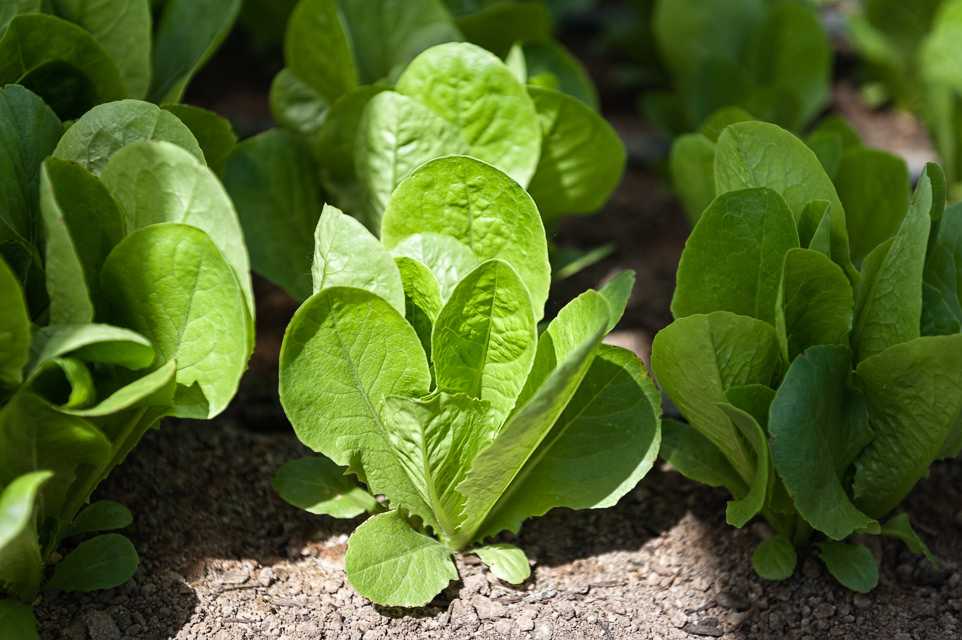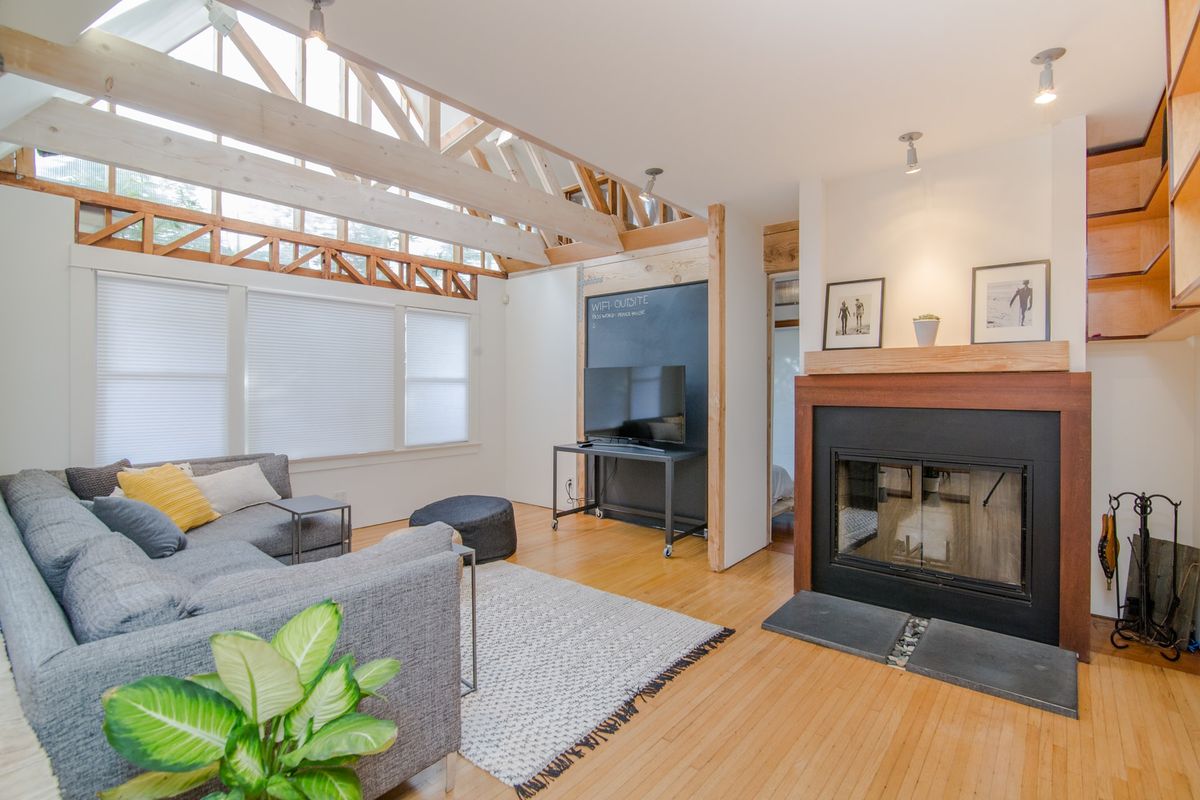
Photo via Pixabay
Lettuce is a half-hardy vegetable that you can keep growing all season long by simply planting one small crop at a time. It doesn’t take long before lettuce gets mature. Garden lettuce is far superior to supermarket brands, in both Vitamin A content and taste. If you plan to grow just one vegetable other than tomatoes, it should definitely be lettuce.
Growing lettuce is very easy, you can even grow it among flowers, and takes up little space. This vegetable grows for many weeks in the mild weather of fall and spring. Leaf lettuce is easy to tuck in under and between taller vegetables and is also perfect for containers. In this article, we will show you how easy it is to grow lettuce.
When to plant?
Sow lettuce in cold frames or tunnels in spring, 6 weeks before your last frost date. At about the same time, start more seeds indoors under lights, and set them out when they are 3-week-old. Direct seed more lettuce 2 weeks before last spring frost date. When soil temperatures range between 55 and 75 degrees F, lettuce seeds normally sprout in 2 to 8 days. Sow all types of lettuce at two-week intervals in fall, starting 8 weeks before your first fall frost. One month before your first frost, it is recommended that you sow only cold-tolerant remains and butterheads.
How to plant?
Loosen the soil to at least ten-inches deep and prepare your planting bed. Mix in one-inch or so of well-rotted manure or good compost. Sow lettuce seeds one-inch apart in rows or squares and a quarter of an inch deep, or simply broadcast them over the bed. Sow lettuce seeds in small containers indoors and keep them under fluorescent lights. You should harden off seedlings which are 3-week-old for at least 2 or 3 days before transplanting. Make sure to protect transplants from the sun by using shade covers, such as pails or flowerpots, during their first few days in the garden.
Harvest and store
You should harvest lettuce in the morning after the plants have had time to plump up with water overnight. If wilted lettuce is picked on a hot day, it won’t revive, even when rushed to the refrigerator. Pull young plants until you get the spacing you want. Use scissors to harvest handfuls of baby lettuce or just gather individual leaves. Wash lettuce well with cool water, shake off excess moisture and store it in plastic bags before putting in the refrigerator.
Save seeds
You can save seeds from any plants you like because lettuce varieties are open-pollinated. Be patient while your strongest plants develop yellow flowers and ripe seedpods. If necessary, stake plants to keep the ripening seed heads from falling over. Collect the dry seed heads in a paper bag, and then crush them with hands. Sift or winnow to separate the seeds from the chaff, and then store the seeds in a place which is cool and dry for up to a year.



